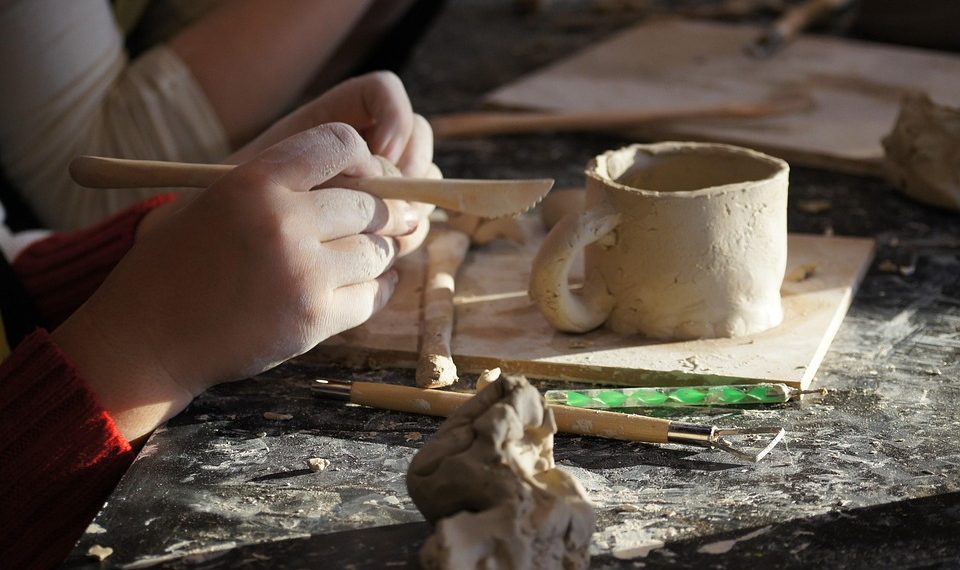Incontinence can feel overwhelming, but managing it gracefully is entirely possible. This guide will help you navigate through the challenges and reclaim your confidence.
Understanding incontinence is essential. It’s not just a physical issue; it affects your emotional well-being and daily life. The significance of addressing this condition cannot be understated. You deserve to feel empowered and in control of your body.
Contents
What Is Incontinence?
Incontinence is the involuntary loss of bladder or bowel control. It’s more common than you might think, affecting millions of people worldwide. This condition can stem from various causes, including pregnancy, childbirth, aging, and certain medical conditions.
Why should you care? Because incontinence can impact your social life, relationships, and overall quality of life. But it doesn’t have to define you. With the right strategies, you can manage it effectively.
1. Educate Yourself
Knowledge is power. Understanding the types of incontinence—stress, urge, overflow, and functional—can help you identify what you’re dealing with. Take time to read articles, books, and research studies from reputable sources like the Urology Care Foundation or the National Institute of Diabetes and Digestive and Kidney Diseases.
- Stress Incontinence: Leakage during physical activity.
- Urge Incontinence: A sudden, intense urge to urinate.
- Overflow Incontinence: Frequent dribbling due to a full bladder.
- Functional Incontinence: Physical or mental impairment that prevents you from making it to the bathroom in time.
Why This Matters
Knowing the specifics can help you communicate better with healthcare providers and find the most effective treatment.
2. Consult a Healthcare Professional
Your first step should always be to consult a healthcare provider. They can help you determine the underlying cause of your incontinence and recommend appropriate treatments. This might include pelvic floor exercises, medications, or even surgical options.
- Be Honest: Discuss your symptoms openly.
- Ask Questions: Don’t hesitate to inquire about all your options.
Trust the Process
Building a relationship with a trusted healthcare provider can make a world of difference. They can guide you through this journey, offering expert advice tailored to your needs.
3. Strengthen Your Pelvic Floor
One of the best ways to manage incontinence is through pelvic floor exercises, also known as Kegel exercises. These can help strengthen the muscles that control urination.
How to Do Kegels:
- Identify the Right Muscles: Try to stop urination midstream; those muscles are what you want to strengthen.
- Practice Regularly: Aim for three sets of 10 repetitions each day.
- Be Patient: Results won’t happen overnight, but consistency is key.
4. Keep a Bladder Diary
Tracking your fluid intake and bathroom visits can help identify patterns. A bladder diary can reveal triggers, so you can take proactive steps to manage them.
- What to Record:
- What you drink
- When you go to the bathroom
- Any leaks or accidents
- Feelings associated with your trips to the bathroom
Analyze the Data
Once you have a week or two of data, share it with your healthcare provider. This will help them make more informed decisions about your treatment options.
5. Choose the Right Products
There’s no shame in using aids to manage incontinence. From absorbent pads to specialized underwear, there are many products designed to give you peace of mind.
- Considerations:
- Comfort
- Absorbency level
- Discreetness
Don’t Settle
Experiment with different options until you find what works best for you. It’s all about feeling secure and confident.
6. Manage Your Diet
What you eat can directly influence your bladder health. Certain foods and drinks may irritate your bladder or increase incontinence episodes.
Foods to Avoid:
- Caffeine: This can irritate the bladder.
- Spicy Foods: These can also be troublesome.
- Alcohol: It can lead to increased urgency.
What to Include:
- Fiber-Rich Foods: To prevent constipation, which can worsen incontinence.
- Water: Stay hydrated, but regulate intake before outings.
7. Stay Active
Physical activity is vital for overall health and can help manage incontinence. Regular exercise strengthens your pelvic floor and improves bladder control.
Recommended Activities:
- Walking: Low-impact and easy to fit into your day.
- Swimming: Gentle on the body and a great way to stay active.
- Yoga: Helps with flexibility and core strength.
Consistency is Key
Find an activity you enjoy and stick to it. Movement should feel good, not like a chore.
8. Practice Mindfulness
Stress and anxiety can exacerbate incontinence. Mindfulness techniques, such as meditation and deep breathing, can help you manage these feelings.
Simple Techniques:
- Deep Breathing: Inhale deeply for four counts, hold for four, exhale for four.
- Guided Meditation: Use apps or online videos to help you relax.
Embrace the Calm
Taking care of your mental health can significantly impact your physical health. Incorporate these techniques into your daily routine.
9. Build a Support System
Feeling isolated? You’re not alone. Seek support from friends, family, or even support groups. Sharing your experiences can be incredibly liberating.
Where to Find Support:
- Online Communities: Look for forums or social media groups focused on incontinence.
- Local Support Groups: Many communities offer in-person meetings.
Talking openly about your experiences can help lift the burden. You might even find new friends who understand what you’re going through.
10. Explore Treatment Options
If lifestyle changes don’t yield results, there are medical treatments available. From medications to surgical interventions, your healthcare provider can help you explore all options.
Common Treatments:
- Medications: Various prescriptions can help manage symptoms.
- Neuromodulation Therapy: A newer option for some types of incontinence.
- Surgery: In severe cases, surgical options may be appropriate.
Don’t Be Afraid to Advocate
If you’re not satisfied with your current treatment plan, speak up. You deserve to feel heard and to explore all available options.
Bottom Line
Managing incontinence gracefully is about taking control. You have the power to reclaim your life, one step at a time. Remember, you’re not alone in this journey. With the right knowledge, support, and strategies, you can navigate this challenge with confidence.
Take Action Today: Start implementing these tips one by one. Your journey to managing incontinence gracefully begins now.
FAQs
Q: Can incontinence be cured?
A: In many cases, incontinence can be managed or even improved with the right strategies and treatments.
Q: Are there medications for incontinence?
A: Yes, there are several medications available that can help manage symptoms. Consult your healthcare provider for options.
Q: Is it normal to feel embarrassed about incontinence?
A: Many people feel this way, but remember that incontinence is a common issue. Seeking help can alleviate feelings of embarrassment.
By embracing these tips, you’re taking the first steps toward a more confident and empowered life. You deserve it!
Get Your FREE Natural Health Guide!
Subscribe now and receive our exclusive ebook packed with natural health tips, practical wellness advice, and easy lifestyle changes — delivered straight to your inbox.
















